Good training is the foundation upon which successful careers are built, and it’s what allows the industry to continue to grow and improve. Because of this, the schools that provide flight training play a crucial role in shaping the industry’s future — and it’s why they should also be held to the highest standard. For Bob Caldwell, president and CEO of International Defense & Aerospace Group (IDAG), the gold standard of flight training was U.S. Aviation Training Solutions (USATS) — formerly known as the Bristow Academy.
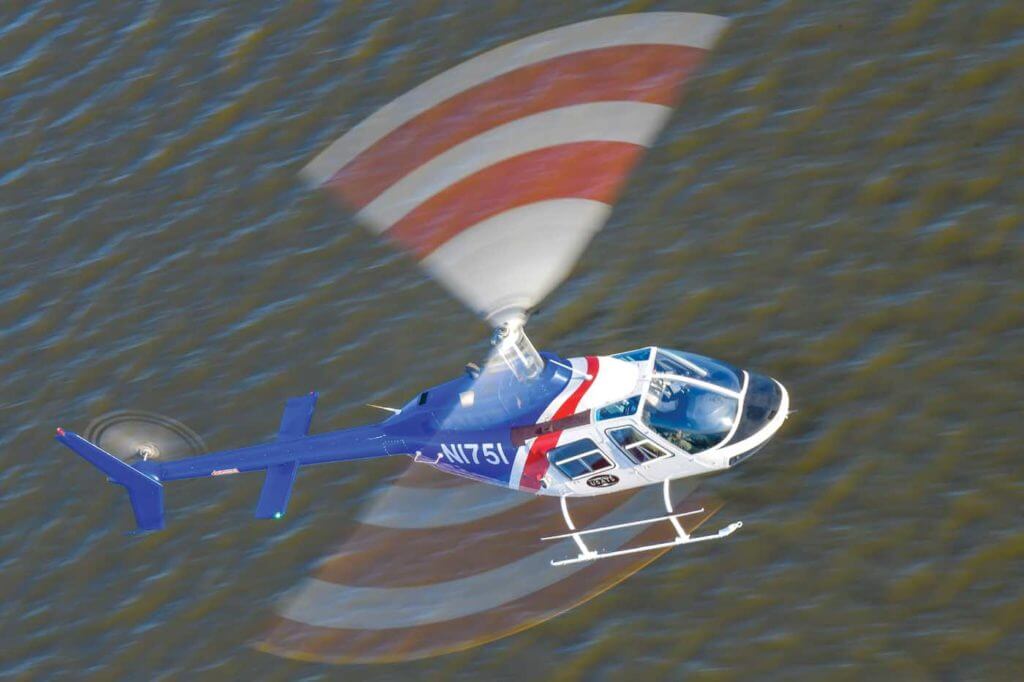
A few years ago, Caldwell and IDAG were looking to establish a flight training school in the U.S. that had the ability to train foreign military students, but “we didn’t see how we could compete with the legacy, and the legend, of Bristow Academy, which became USATS,” he said. Fast forward to late 2018 when USATS was put up for sale, and IDAG made the decision to buy it. The transaction was officially concluded on March 4, 2019, and the flight school — headquartered in Titusville, Florida — became part of the IDAG group.
“All of the things that made [USATS/Bristow] the gold standard in the industry were still in place,” said Caldwell. “The people, the equipment, and the unwavering commitment to a safety culture — everything that made Bristow the best helicopter flight school in the world was still there. So, we stepped into this with both feet; it was a home run for us.”
Originally founded in 1987 as Helicopter Adventures Inc., the flight school was acquired by Bristow Group in 2007 and renamed the Bristow Academy. It was then purchased in late 2017 by a group of investors who orchestrated the name change to USATS.
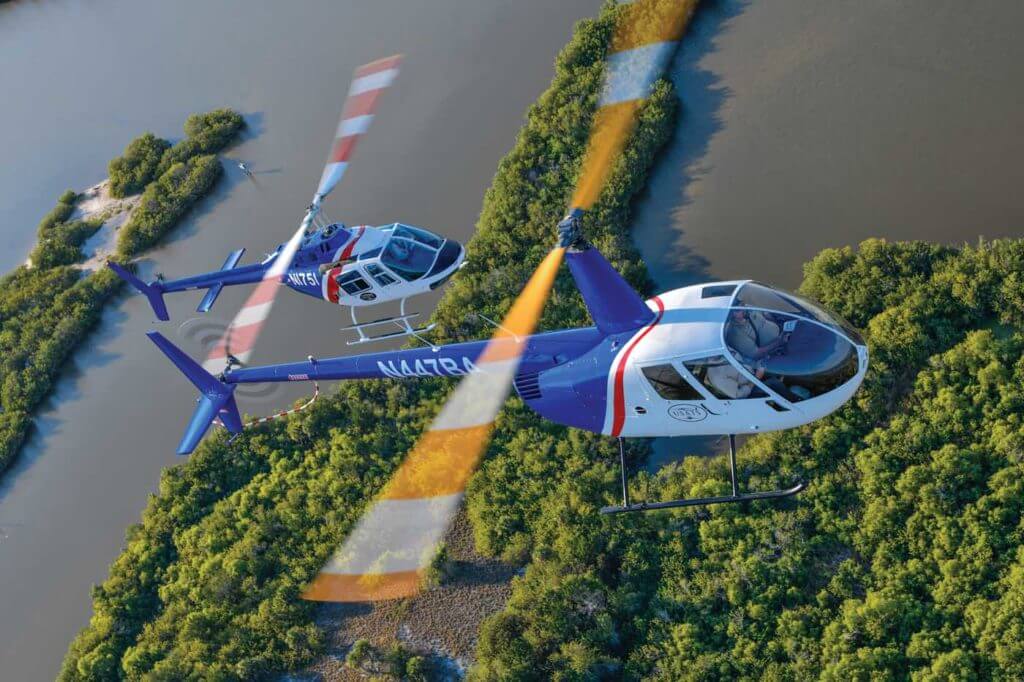
Now that USATS has been acquired by IDAG, Caldwell said the group wants to ensure the school’s name and reputation resonate with pilots like it did during its Bristow Academy days.
“Bristow was building a worldwide pilot network,” he said. “They had a significant need at the time — before the oil-and-gas market downturn — and they were trying to build an in-house pool of pilots for themselves.”
IDAG is looking to capitalize on the experience of its staff to provide training not only to helicopter offshore operators, but also to civilian, military, public and parapublic organizations.
Programs of plenty
USATS is positioning itself to return to its former government, law enforcement, and oil-and-gas customers, and to also seek new ones. But a big focus for the flight school is its military training.
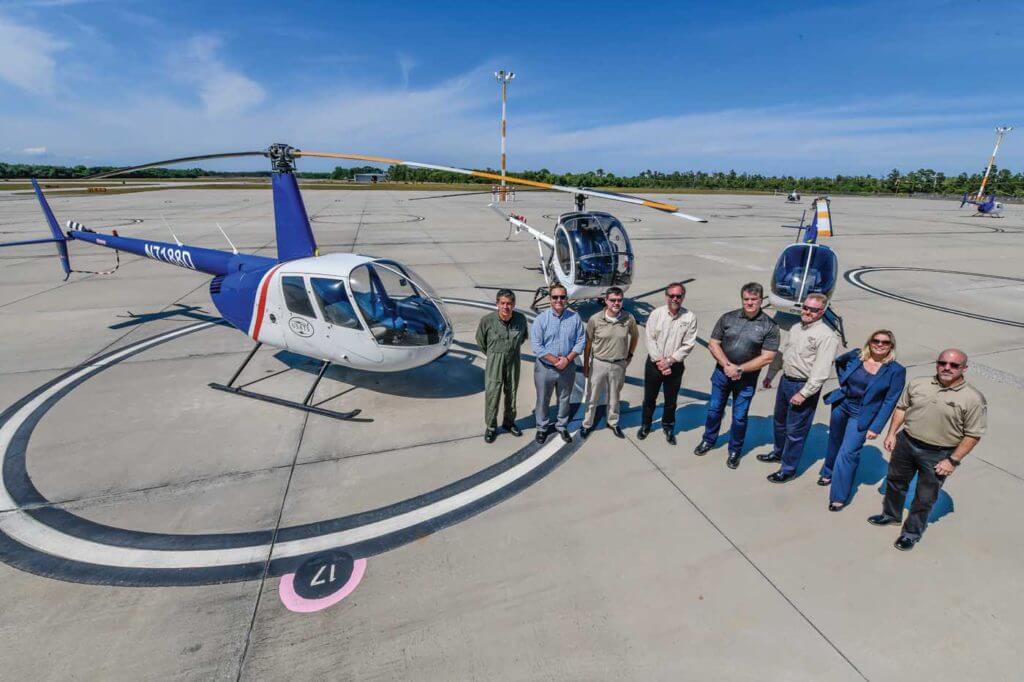
“We’re expanding our military training programs,” said Emily Nack, director of business development at USATS. “We’ve been working on these programs for over a year now. Since 2003, we’ve been doing military training, but we have to diversify to satisfy the expanding needs of our customer base. Right now, under the direction of the new ownership, we’ve expanded the aperture and gone to former military and government customers to let them know that our programs are something that we are pursuing with vigor.”
With a reputation for quality going back to the school’s beginning, shifting its focus back to military training was an easy choice.
“The beauty of this, when we’re circling the business model back, is a large portion of our former students are now in senior leadership positions within these governments – so they know the quality of the school,” said Randy Nash, director of maintenance. “They know everything about the program because it produced them. They might be a lieutenant colonel, or even a general in their respective commands, but they started here.”

The military training program at USATS was developed in 2003, when the flight school was known as Helicopter Adventures. With the goal of training and qualifying pilots, the school developed the initial entry rotary-wing (IERW) program with the Schweizer (now Schweizer RSG) S-300.
USATS’s lead military instructor, Jose Revilla, said the program is around seven-and-a-half to eight-and-a-half months, and, although it varies, students accumulate roughly 160 flight hours by the end of the program — 137 hours in the aircraft and 23 in the flight simulator.
Following the development of the IERW pilot program, USATS expanded into intermediate, or what the flight school used to call mission-oriented, courses.
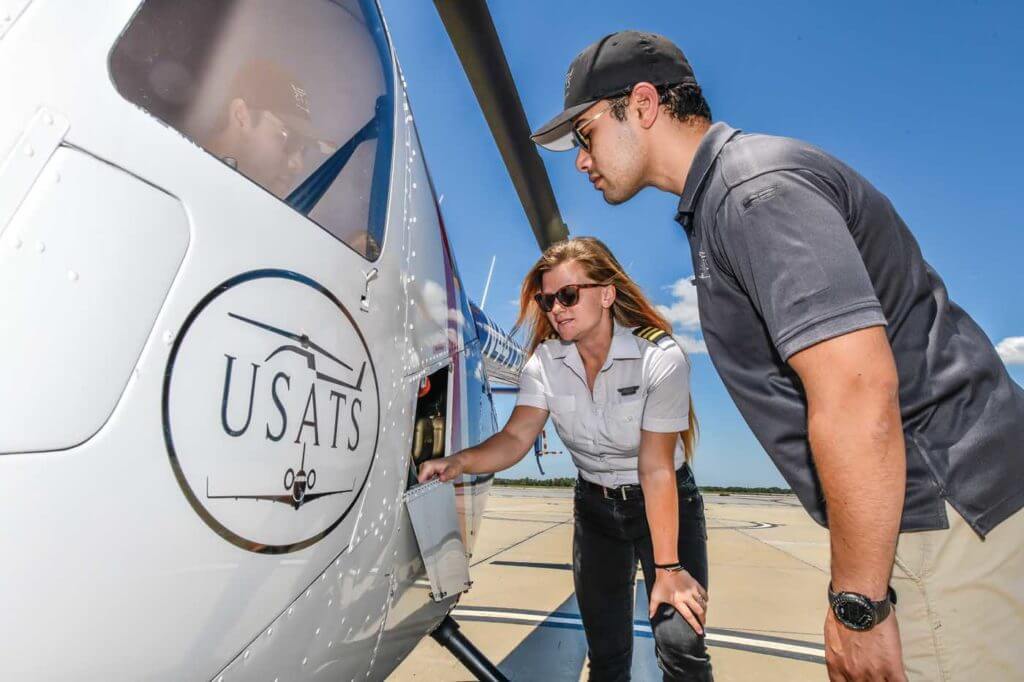
Now offering ab initio as well as intermediate and advanced flight training programs on both fixed- and rotary-wing platforms, USATS’s programs blend practices from commercial and military sectors. The school has U.S. Department of State approval to offer courses on night vision goggles (NVGs) for a pilot in command or instructor, high altitude flight for a pilot in command or instructor, instrument flight rules (IFR), Bambi Bucket and sling load operations, search-and-rescue (SAR), and HAZMAT and emergency procedures training. USATS also offers a deck landings course at a facility owned by Acadiana Regional Airport in New Iberia, Louisiana.
“I was in charge of the training standardization department, so I had the opportunity to finish a process of four years to develop our flight training manual,” said Revilla. “It took around 6,300 hours of work and we were able to review all of the training approaches and procedures and try to figure out the best practices.
“We try to fill some gaps like the lack of coordination [and] synchronization between when you deliver the theory with the practical; we’re developing the kind of appendixes to link both parts in the right way in order to get a better product.”
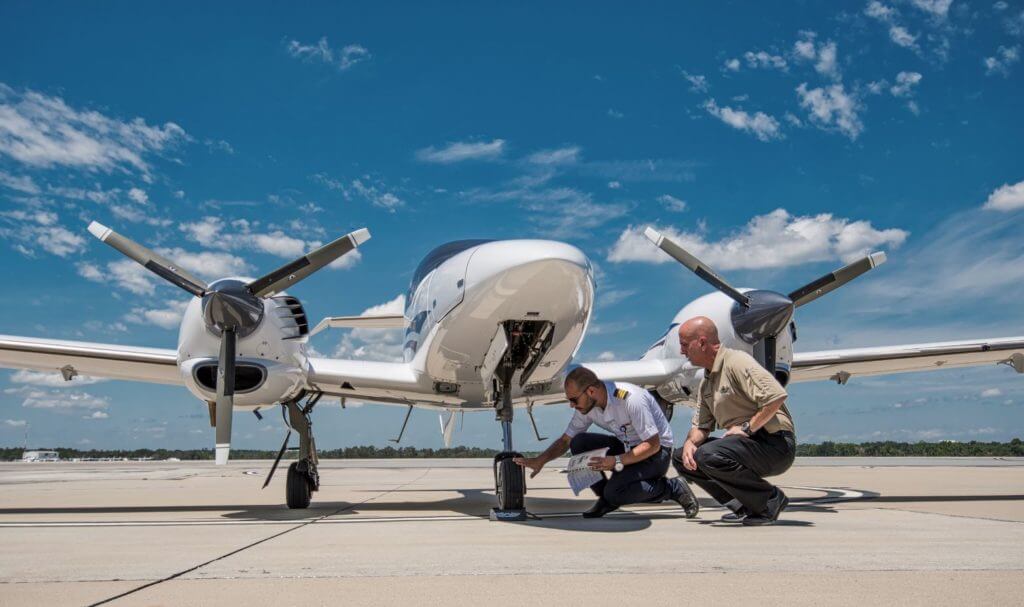
Further broadening its scope, USATS has also established a comprehensive fixed-wing program.
“Our fixed-wing programs and rotor- to fixed-wing airline pilot preparation programs are indicative of the new approach,” Caldwell told Vertical. “We have partnered with highly respected Sky4U in Germany to create a global pilot training alliance that will give USATS’s pilots a career path towards a job in the airline industry. So, we’re evolving without forgetting what got us here.”
But the programs at USATS aren’t just geared towards pilot training — the school also offers embedded maintenance training. In addition, USATS has a dedicated Federal Aviation Regulation (FAR) part 145 maintenance facility at its Titusville location.
The students that train with USATS range from those that self-pay to those who arrive through foreign militaries or parapublic agencies. In the last 10 years alone, the flight school has trained over 1,000 military students and over 3,000 commercial pilots.

While a majority of the school’s military and paramilitary students have traditionally been situated in Central and Latin American countries, USATS is now focusing on Central and Eastern Europe and other locations around the word. The flight school, through parent company IDAG and its partners, is opening programs in several locations around the world.
“There is an ongoing project in Slovakia where IDAG and USATS support our sister company CSG — one of the largest defense industry providers in the region — to train military pilots and maintenance crews on S-300, MD 500 and [Sikorsky] UH-60A [aircraft],” Caldwell said, adding that USATS also has customers in the Middle East and Asia, as well as a presence in North Africa.
The talent
Employing both civilian and former military instructors and maintenance personnel, Caldwell believes “it’s the people that make USATS the best.”
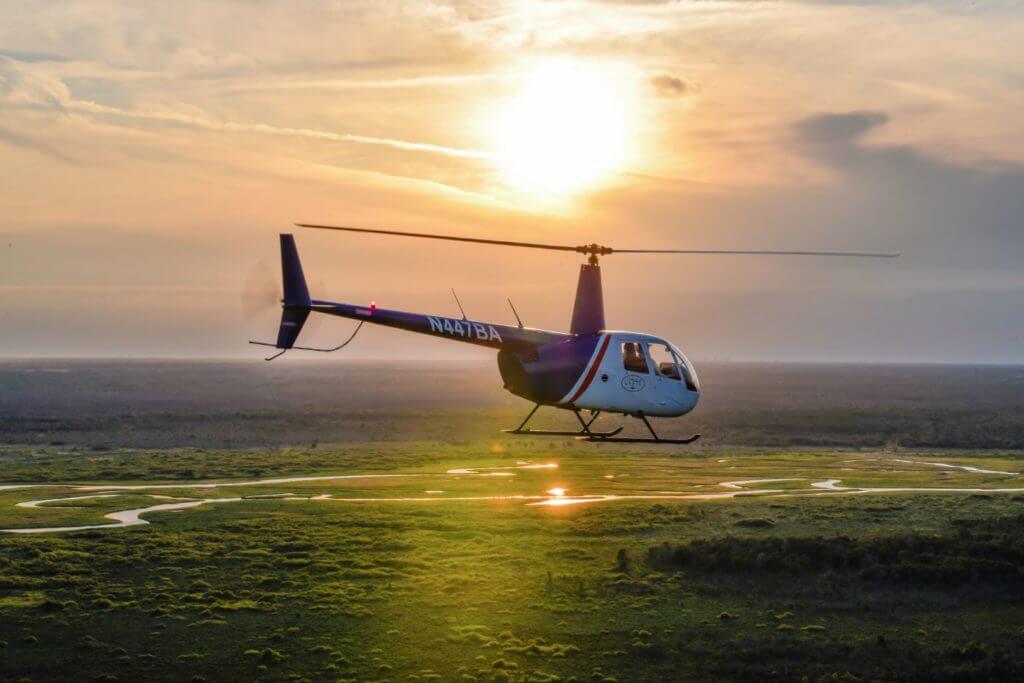
Nash added: “When you have an aspiring pilot come in, they want to talk about a career [and] what our cadre does. You can talk to any one of the people here and they’ve got real-world experience. So, it’s not just, ‘I teach you to fly.’ It’s, ‘I also mentor you on [a] career.’ ”
Along with the school’s Federal Aviation Administration (FAA)-certified flight instructors (CFIs), some of USATS’s instructors are European Union Aviation Safety Agency (EASA) flight instructors, which allows the flight school to be more flexible with training programs.
“We have a course that integrates both EASA and FAA [certifications] into one course,” said Nack. “You’ve got students from different countries, some doing the FAA course, some doing EASA –or both — and it’s taught in tandem.”

The years of combined experience among the instructors lend well to USATS’s focus on safety. “Doing things properly is still the main focus,” said Revilla. “The experience that everyone has, we all contribute with the main focus on safety — that’s what I like about it. We’re not just giving the minimums, we’re giving the proper education, and with the knowledge of different people.”
USATS’s safety-oriented programs also utilize FAA part 141 approval on the helicopter side, meaning students are required to pass “stage checks” as a sub-part of each block of training, which allows instructors to objectively check each student’s progress. (The school is also in the process of finishing its fixed-wing part 141 approval.)
The flight school’s instructors use a progressive training approach that values the concept of, “What you learn first, you learn best.” Students spend the first week of courses in the classroom learning concepts like in-air threat management and the basic principles of flying. “That’s introduced very early, because then everything builds on that,” said Nack.

Following the classroom phase, students are flying in the second week of training, receiving the opportunity to apply the principles they learn in the cockpit.
“At the end of that course, you’ve got not just a pilot who can fly, you have a professional,” Nack added. “You have somebody who’s going to be able to respond when they get into a complex aircraft in these high-risk environments.”
Growing the fleet
USATS operates a large fleet of aircraft across its U.S. and European locations, including Robinson R22s and R44s, Bell 206 JetRangers, S-300CBis, Sikorsky UH-60 Black Hawks, MD 500s and MD 530s, as well as Cessna 172s and Diamond DA42s on the fixed-wing side.

Caldwell said USATS is planning to add MD 500Es to its fleet in the near future. “We’re working closely with MD Helicopters to develop a special flight training program for the 500 series and the MD 902 at USATS.”
Looking at the UH-60, IDAG currently has nine of the type in its fleet, with a handful deployed to Europe and a few of the aircraft in Slovakia for UH-60 transition training with USATS — otherwise known as the aircraft qualifications course (AQC). “[For example], you get an S-70 type rating in a Black Hawk — that’s essentially what we’re doing with the AQC. It’s a restricted category aircraft, but you do a qualification course in it,” Caldwell explained.
The majority of USATS’s rotary-wing fleet is comprised of the S-300CBi, of which USATS currently has 28. While the flight school has committed to the S-300 as its primary training aircraft, it recently announced an order for 25 of the new S-300 type from Schweizer RSG.
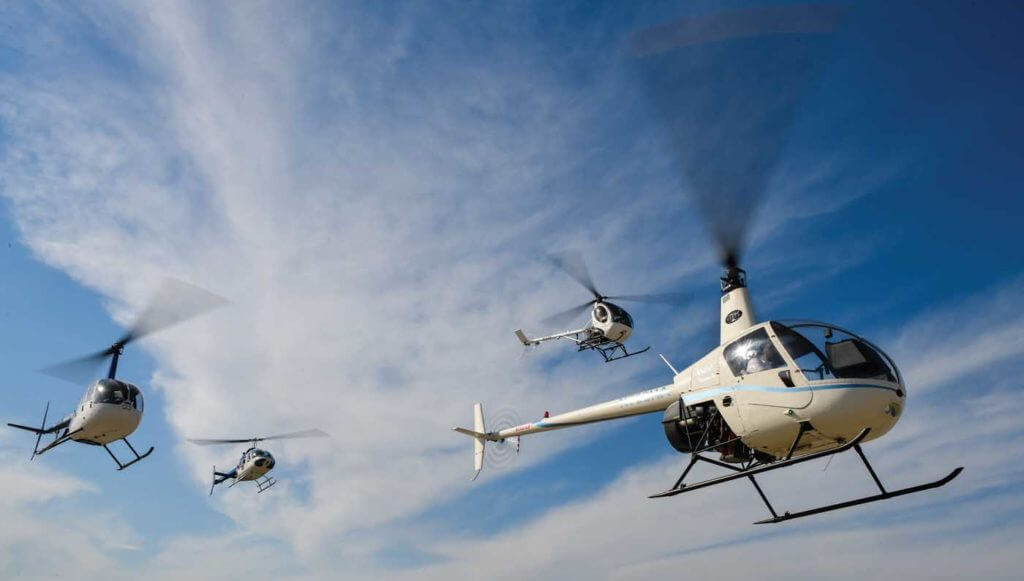
“The 300 has really been the standard-bearer for primary flight training for better than 50 years,” said Caldwell. “I learned on the [Hughes] TH-55 [now the S-300], as well as the tens of thousands of other army aviators who learned on the TH-55. We’ve got a lot of experience with the 300s.
“It’s a very forgiving aircraft. You take these primary flight students and they bounce the aircraft around a lot, and some of the other aircraft out there are much, much less durable. The S-300 is still the best training aircraft in the world,” he added.
The timeline for the first delivery of the new S-300 fleet is still under discussion, but Caldwell said it is likely to begin in the fourth quarter of 2020.

The flight school has been operating the S-300 for over 25 years, starting when the school was under the Helicopter Adventures name. “We’re the ones making the investment in the aircraft,” said Caldwell. “We operate the aircraft here in the [United] States, we operate them in Hungary, and we operate them in Slovakia. So, we’re committed to the airframe.”
Among USATS’s current fleet of 28 S-300s, 10 aircraft are equipped for IFR training, with the rest being primarily visual flight rules (VFR)-compatible. Six aircraft are also equipped for NVG training. With the majority of the current S-300 fleet being analog, Kevin Luby, USATS president, told Vertical the flight school is interested in glass cockpits for the new S-300 fleet, and is also looking to retrofit the current fleet.
Bringing it all
USATS is a one-stop-shop when it comes to training, infrastructure and certifications. The flight school has the ability to issue both FAA and EASA certificates on the rotary-wing side, and can issue FAA certificates on the fixed-wing side. Caldwell said USATS is currently working on the ability to issue EASA certificates on airplanes as well.

“If [a student] comes internationally… we build a world pilot with certifications we can give them in EASA and FAA licenses,” said Nash. “There are very few schools in the world that can give you a world pilot.”
In order to make the training process easier for international students, USATS also has approval to grant visas for students who want to train at the school.
Regarding student funding, Luby added that USATS is looking to pursue reaccreditation, either through an accreditation board as a vocational school, or through an affiliation with a university to qualify for federal student loans and aid.
Another benefit of training at the flight school is its Florida headquarters.
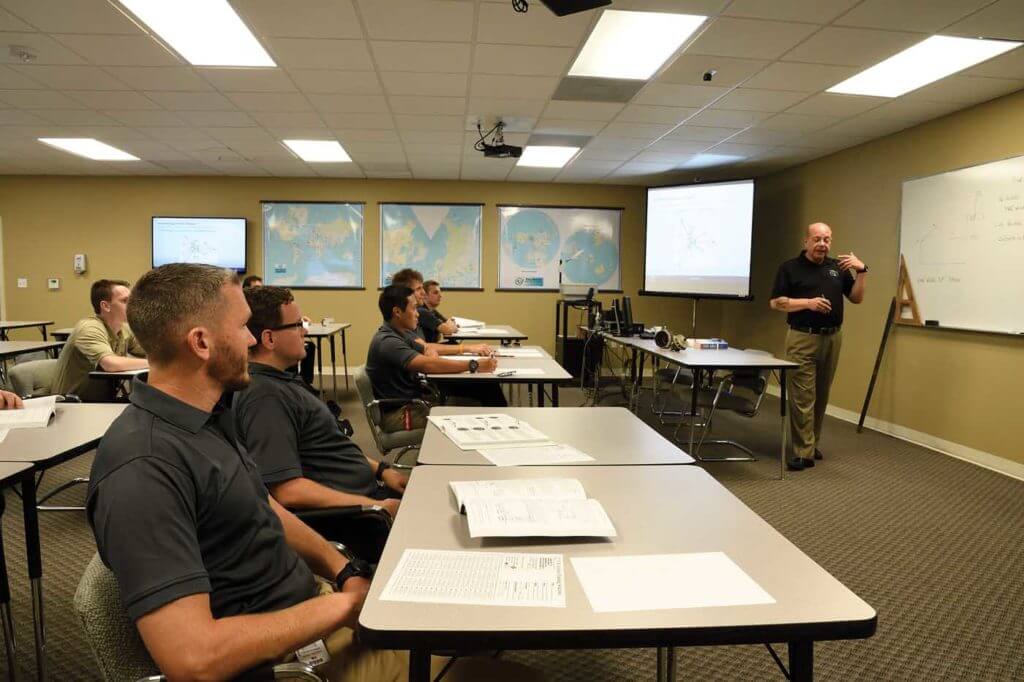
“It’s Florida,” said Caldwell. “It’s a beautiful place to train . . . [and] we don’t have weather issues. We have better than 300 days of flying a year.”
Looking to the future, USATS currently has a 50-acre parcel of land that it is preparing to set up as a military operations and urban training site. The goal is to provide airborne law enforcement officers training to use their mission equipment, refine aircrew coordination, and develop better air-to-ground surveillance as well as search-and-rescue and apprehension tactics. Luby said the property has a diverse array of geography and touches the St. Johns River, which makes for good training opportunities.
“We’re developing a POI [program of instruction] around this training,” Caldwell added. “So, I have structures and vehicles out there along with some different geographical landmarks, like fences or tree lines, to navigate the ground officers or the SWAT teams from the helicopter. The goal is to make it a certified site, and then we’ll be eligible for state funding, [meaning] the state will reimburse the local law enforcement agencies who use our facility.”
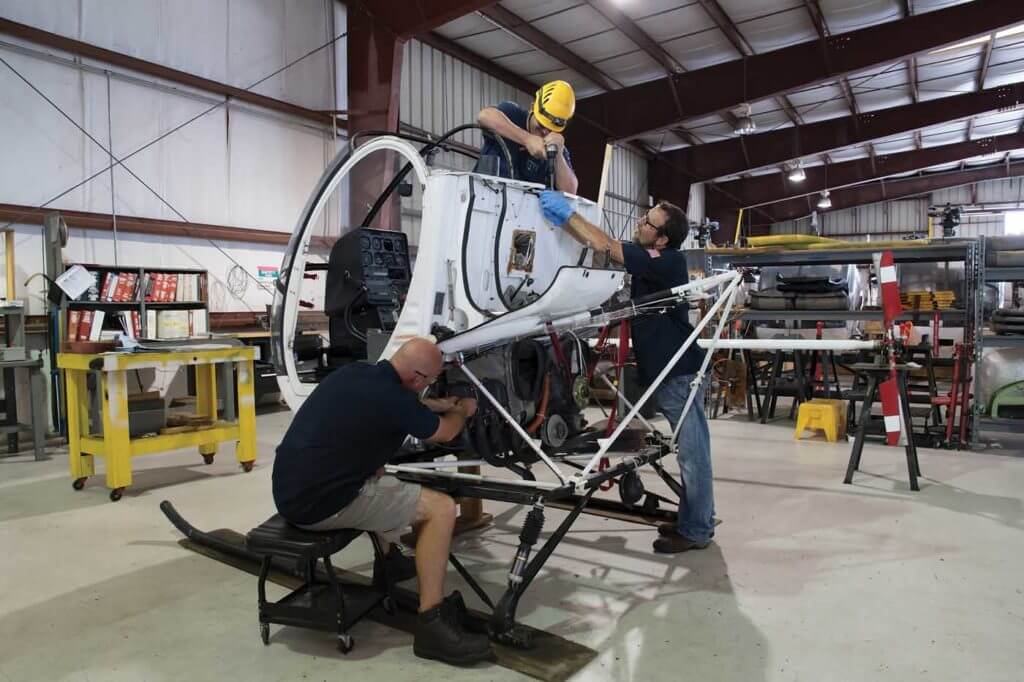
Combining the numerous solid attributes that the school has spent over 30 years building, USATS is well-positioned for a bright future in the world of flight training.
“You spend a day [at USATS], and you see the quality of the operation, you see the quality of the equipment and you see the quality of the people,” Caldwell said. “Every aspect of the business is professional. [The instructors] all have real-world experience. They’ve gone out, they’ve flown offshore, they’ve flown EMS [emergency medical services], and they’ve been test pilots.
“Everybody in our organization, including Kevin [Luby] and myself, we’re aviators. This is what we do and this is what we’ve always done. This is our passion. So, we want to bring the best of everything to USATS. And that’s why we bought it. Because Bristow Academy always was, and USATS continues to be, the gold standard.”





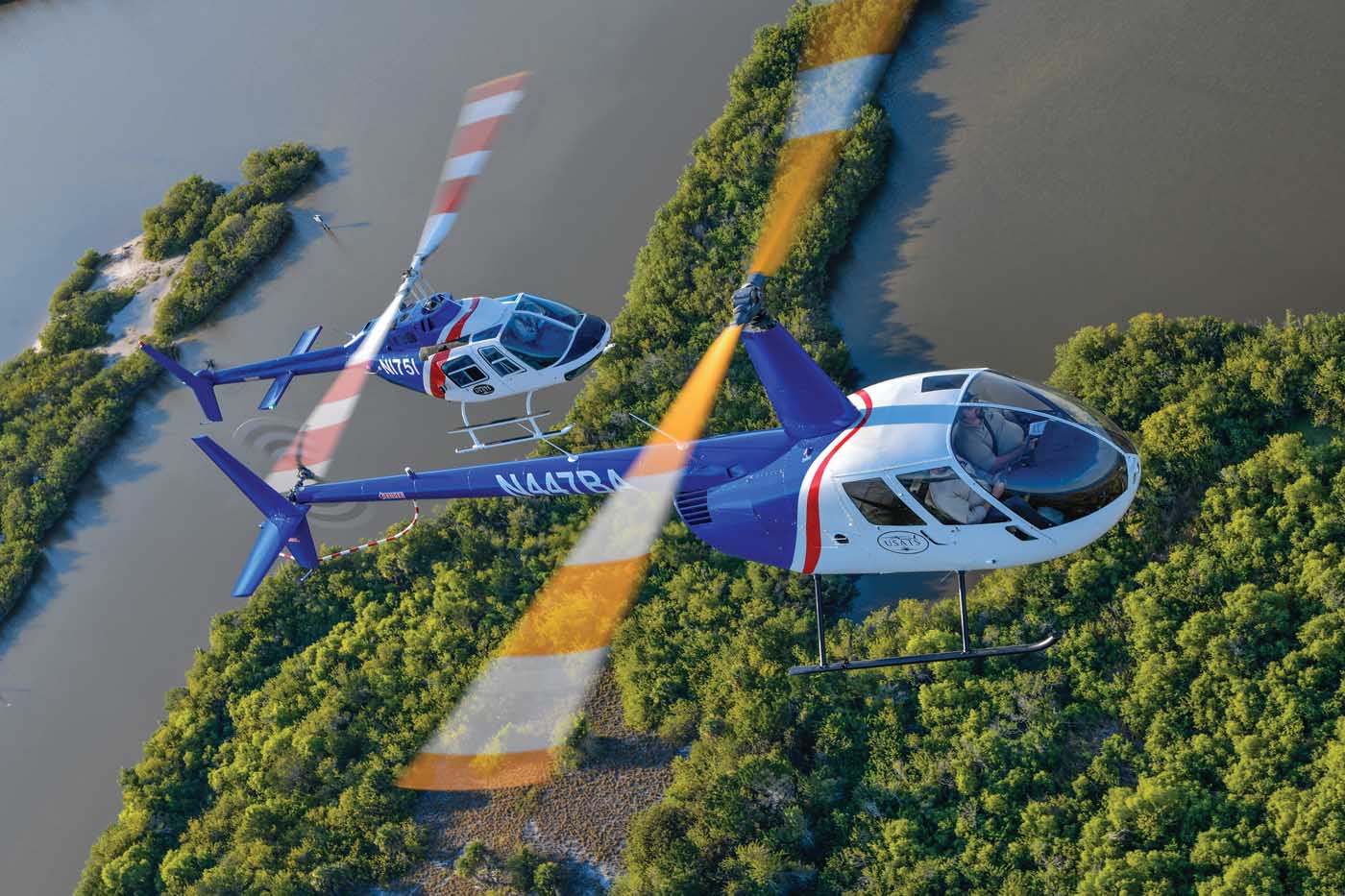
Thank you for keeping the school where I obtained my ATP-H license open.
Congrats.